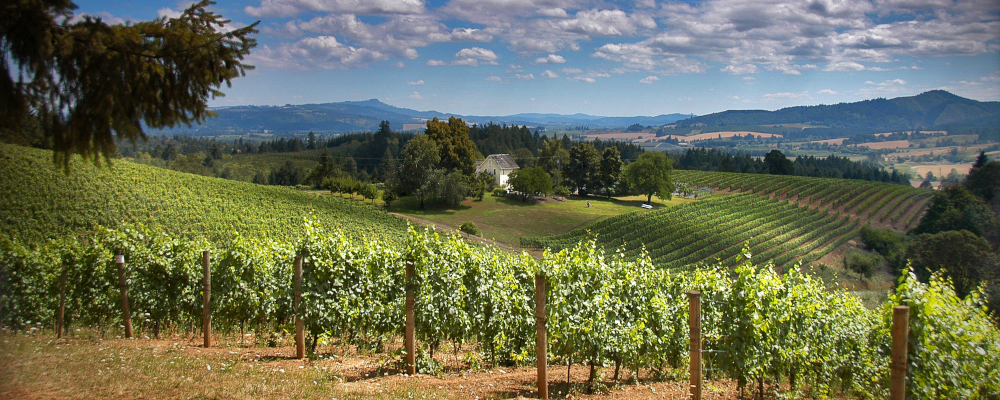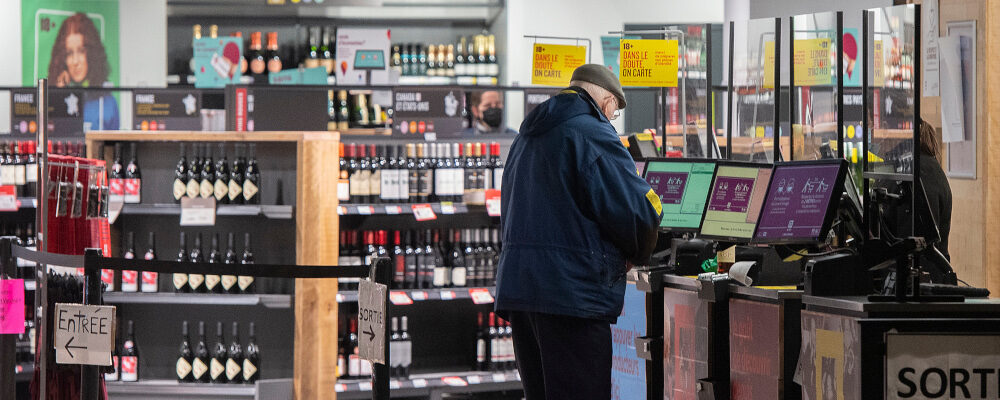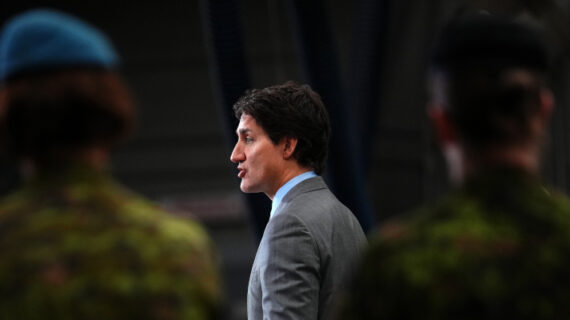Some years ago I attended a dinner talk put on by The Hub’s own Rudyard Griffiths and Patrick Luciani. It was by the Yale economic historian Paul M. Kennedy. If I wanted to know how long ago it was I could trace the year by looking up the comparative value of the Canadian dollar to the United States.
It must have been the spring of 2011 because that’s the last time the Canadian dollar reached parity and actually exceeded the value of the American one. I know this because although I don’t remember that much about Professor Kennedy’s speech, I do remember a question he took from the audience. It was: “Would a high Canadian dollar mean economic trouble down the road for Canada?”
As I recall and paraphrase, Kennedy said he couldn’t say for sure, but he could say that historically countries with strong currencies tended to have secure futures, whereas ones with currencies of declining value tended to face hardship. I am neither an economist nor a historian, but as a professional wino, I can say with certainty that Kennedy’s answer tracks with Canadian wine consumers.
It tracks in an obvious way, since more than two-thirds of the wine drunk in Canada is imported. A low Canadian dollar means that a bottle of California Zinfandel is going to get more expensive. Or, more insidiously, that bottle is going to cost the Canuck consumer the same amount of loonies, but it’s going to be made with lower-quality grapes. It’s a sort of shrinkflation.
Ultimately, if Canadians can’t afford decent imported wine, the people who make it will have to find other markets that can, and we’ll be left with the dregs—or the luxury brands. If you can regularly afford a $60 bottle of wine off the shelf, you can probably afford a $75 one. But if you’re used to paying $20, $25 looks pretty steep.
Like everything else in the Canadian wine world (with an Alberta exception), the problems above get compounded by the existence of the provincial liquor monopolies. They buy and sell wine at their pleasure without the inconvenience of a competitive market. There are good people who work for them that truly want you to enjoy the wine you buy, but ultimately systems like the LCBO or the SAQ are designed to bring in provincial general revenue while spreading good-paying, quasi-government jobs around every riding.
This must be great news for domestic producers, though, right? Not really. Like many, if not most Canadian industries, Canadian wine producers rely on imported inputs. That includes high-tech equipment in the cellar, like fermentation tanks, and low-tech equipment like barrels and bottles. It certainly includes energy, and almost always labour in the vineyards. Trevor Tombe’s productivity gap applies to the VQA shelf as readily as any other.
I was thinking about all of this at a couple of events last week, hosted by the Oregon Wine Board and the Washington State Wine Commission. The professional associations of wine producers for these neighbouring Pacific Northwest states combine forces to promote their products in export markets like the one I live, Ontario. (Thanks to the provincial and territorial government monopolies, export producers must treat Canada as 13 individual markets, each with their own paperwork and requirements to fulfill.)
The 44 wineries that traveled to Toronto were either in the market or actively trying to get in and willing to book plane tickets and hotels and open sample bottles of wine to trade and media to support their efforts. They were committed. At a big room table-to-table tasting in the city, and the next day at a more intimate tasting and lunch a little more than 100 kilometres away at the Elora Mill, I wondered how they dealt with our low dollar.

I wondered as I tasted, spat, and made notes about their wines. Oregon wines, especially from the cool Willamette Valley, tend towards elegance and are known now mostly for high-end Pinot Noir and Chardonnay. Washington State also makes fancy Chardonnay but is known more for its Bordeaux grape reds, like Cabernet Sauvignon and Merlot, and increasingly warmer climate grapes like Syrah. All analogies are ultimately false, but I tend to think that Northern Oregon wines remind me of Niagara, whereas Eastern Washington wines remind me of the Okanagan Valley.
I didn’t price-check everything I tasted on the first day, but Ontario prices at the second event were printed on a program. They ranged from $25.95 to $150 a bottle, though some wines weren’t in the market, so the producers gave their best guess. All of the wines were worth their prices in the sense that each was well made; the less expensive ones showed good value, and the more expensive ones were indicative of how high demand varied with low supply drives up prices.
An export manager for a winery that hoped to introduce a wine in the $30 or so range told my tasting group that their winery would be willing to undercut their U.S. pricing to get into the provincial retail monopoly, to the extent that the first allotments would not be profitable. When I asked, the manager confirmed that after an initial market test, they would likely increase the price year after year, hoping to keep enough customers to make it viable.

Another winery representative, who was pouring a very high-end collection of wines, confirmed that this producer essentially kept their prices at or close to a false parity. They charged here in Canadian dollars what they charged there in the U.S. They laughed when I said that was a kind of reverse shrinkflation.
I didn’t ask, but I suspect the luxury producer could charge less in the Canadian markets because their margins are healthy enough at a high price that it’s still viable to export north. It’s also likely true that the quantity of exports, relative to their other sales, is small, and whatever pain they feel is inconsequential to the big picture.
Unlike California which makes an ocean of wine in the Central Valley and keeps prices low, most Pacific Northwest producers are overwhelmingly small and making craft wines. Their price floor is higher, and they can have trouble getting people to pay a bit more to try them out.
I like the wines of Washington and Oregon, and I like that they’re willing to export to their poorer cousins despite the trouble our system and discount dollar create. I hope we see more of them and keep seeing more of them north of the border.




